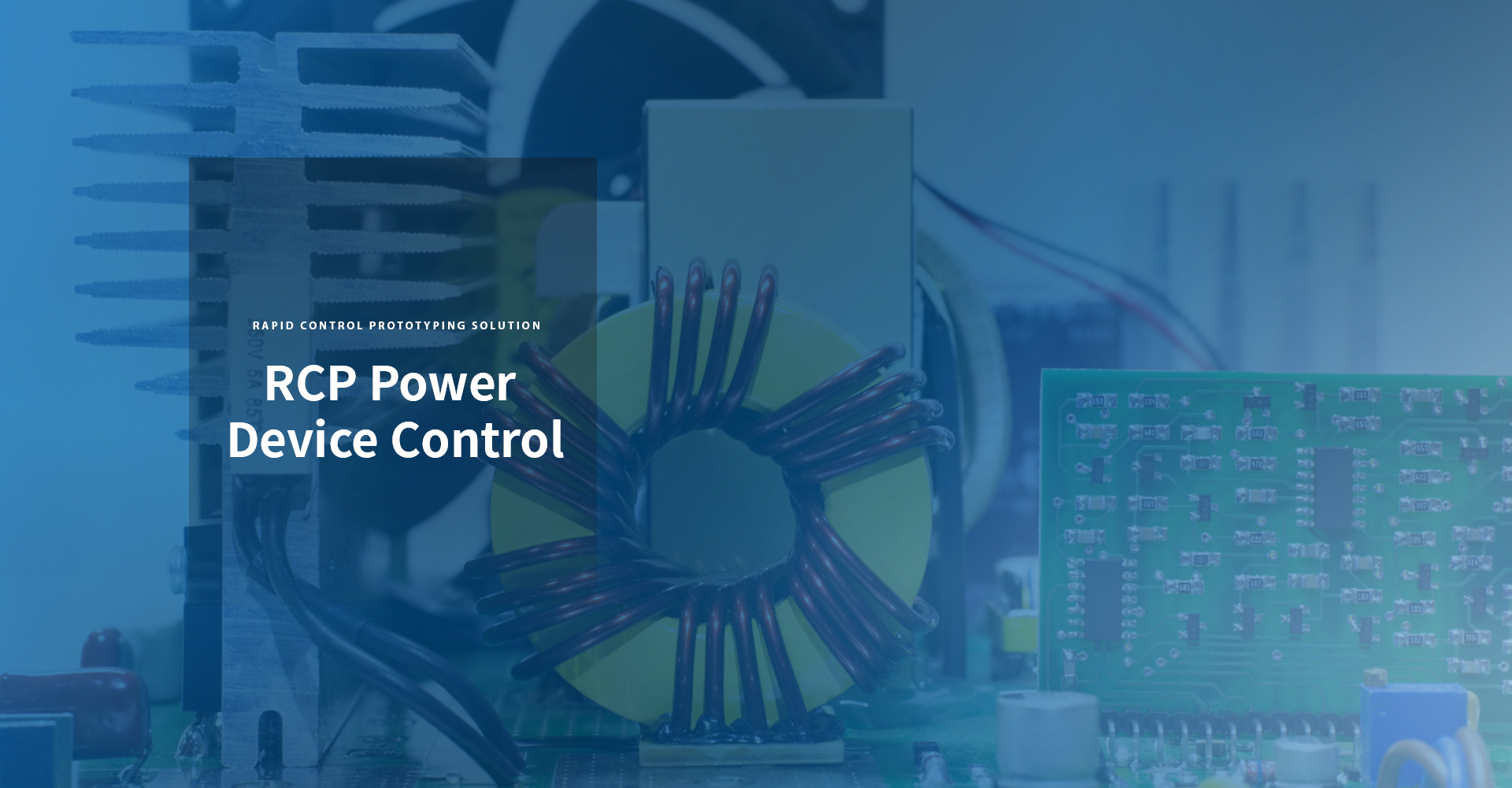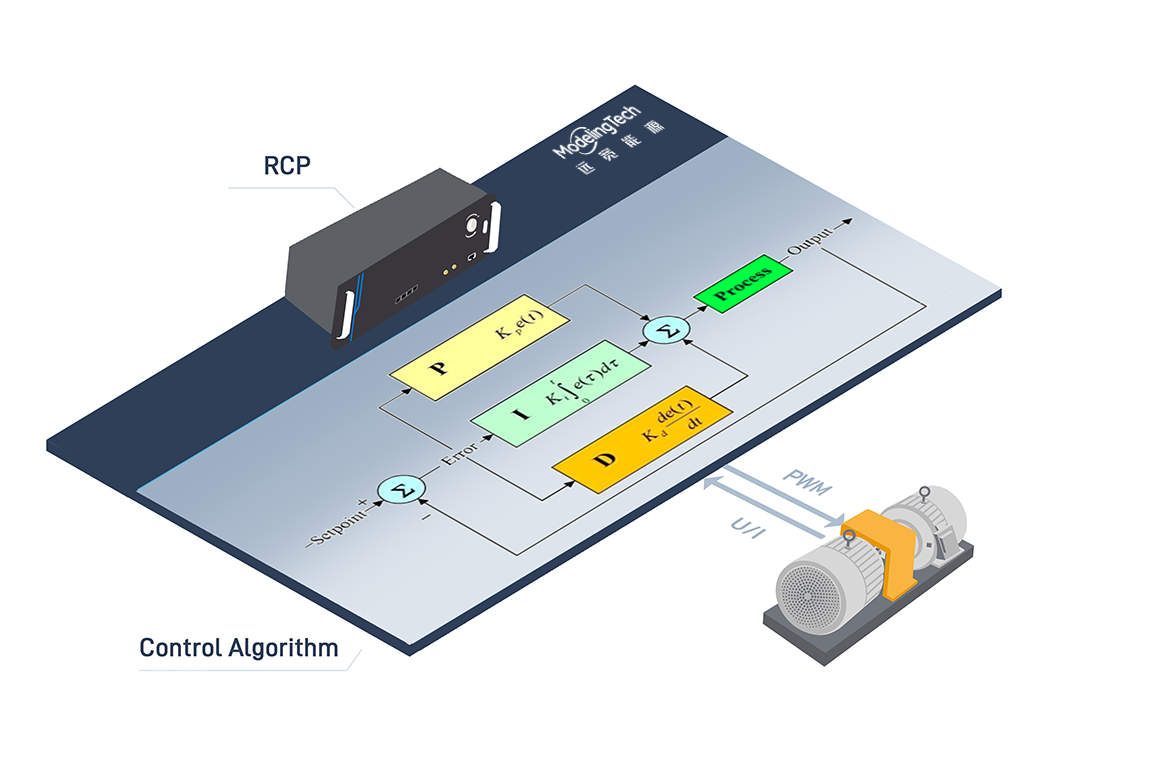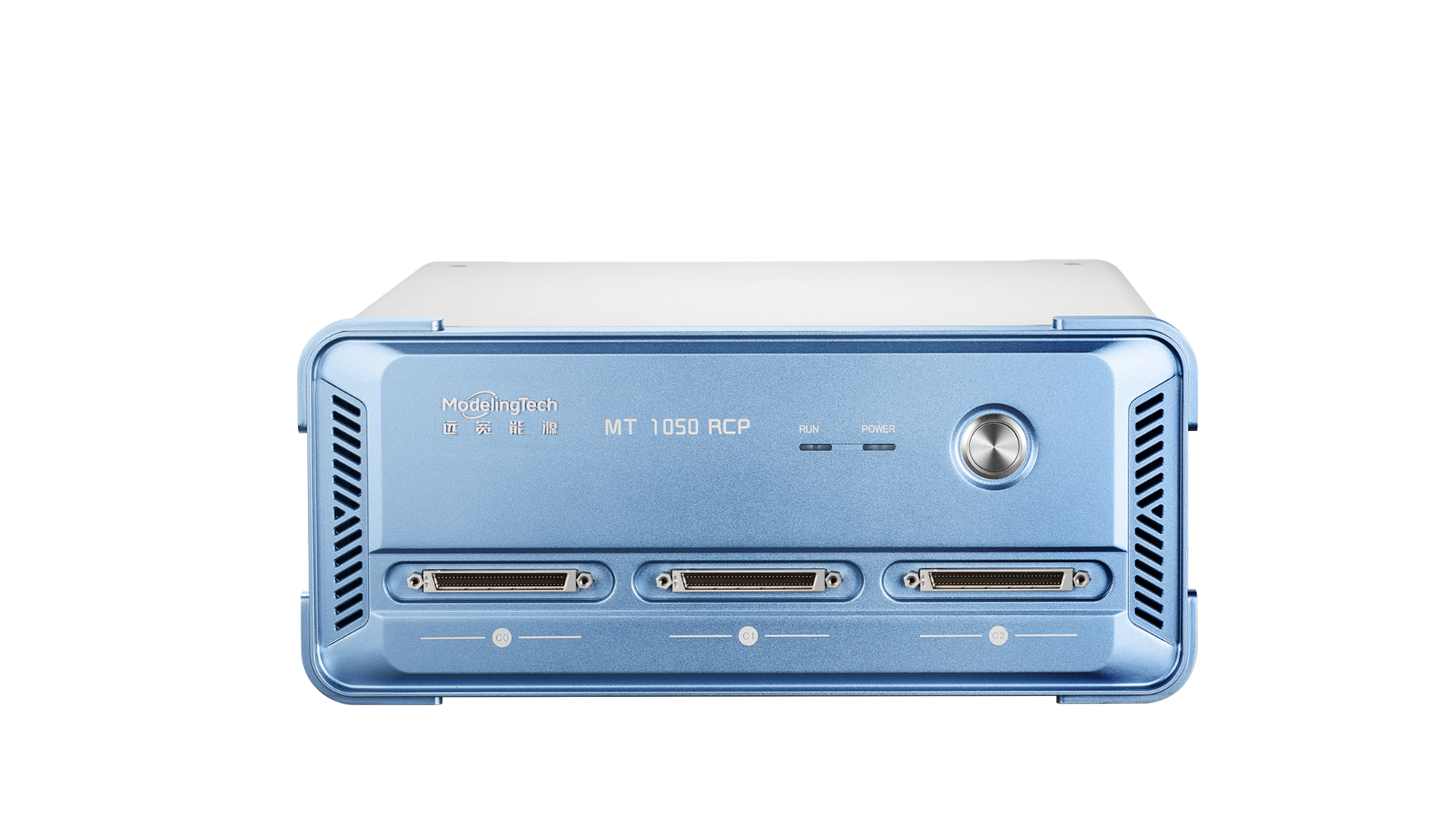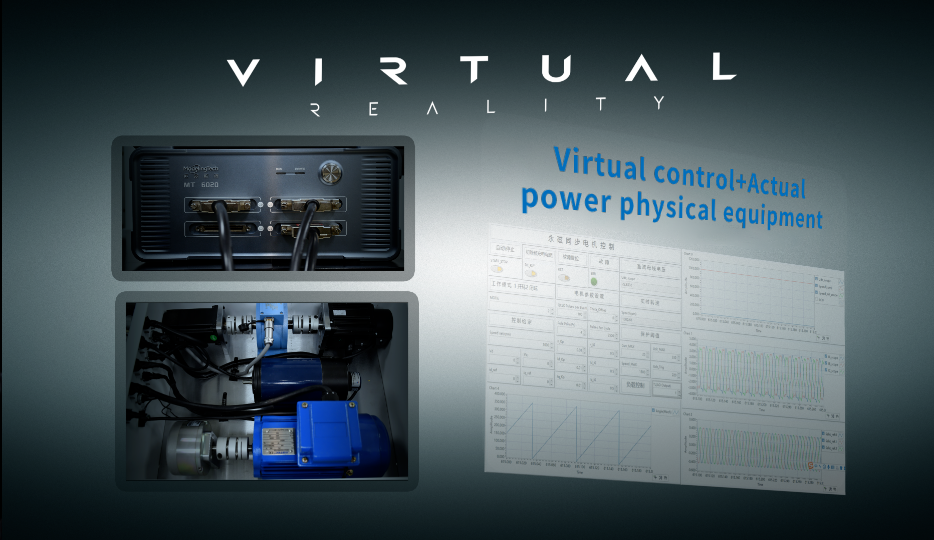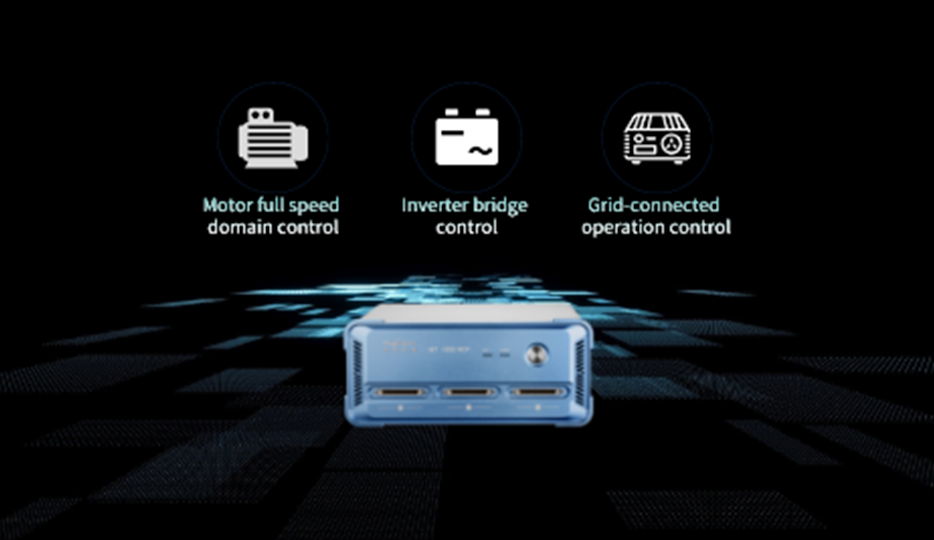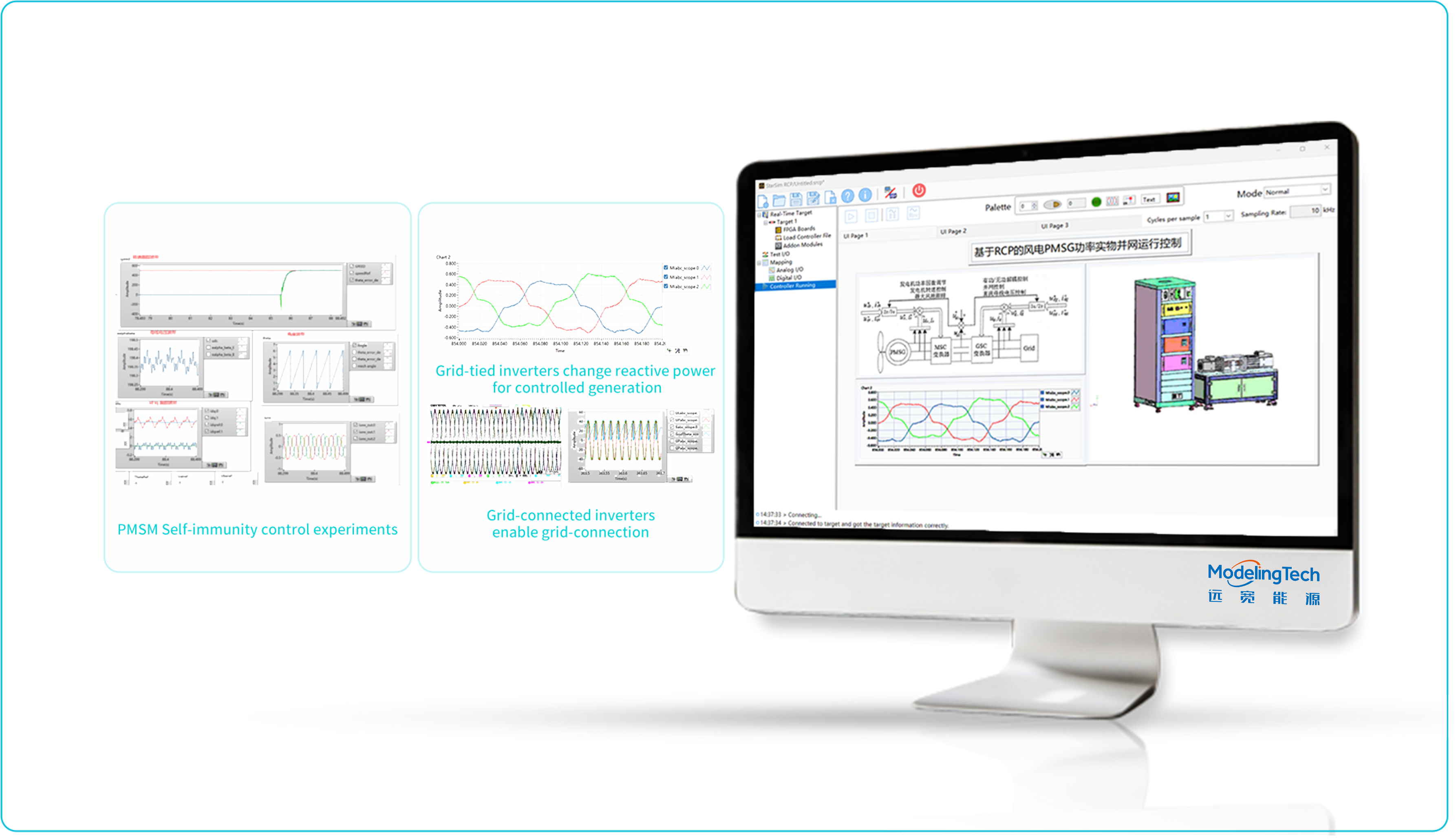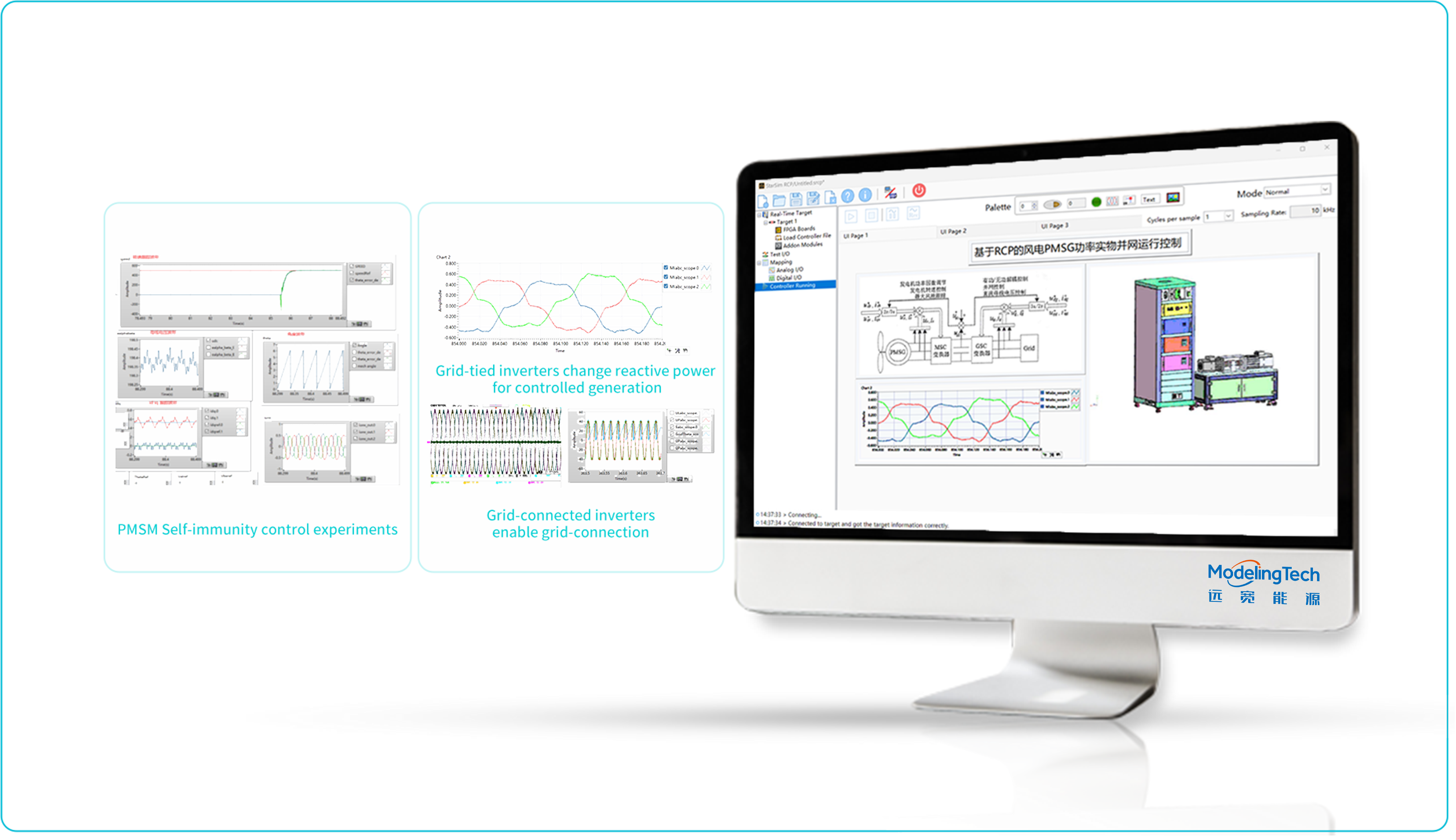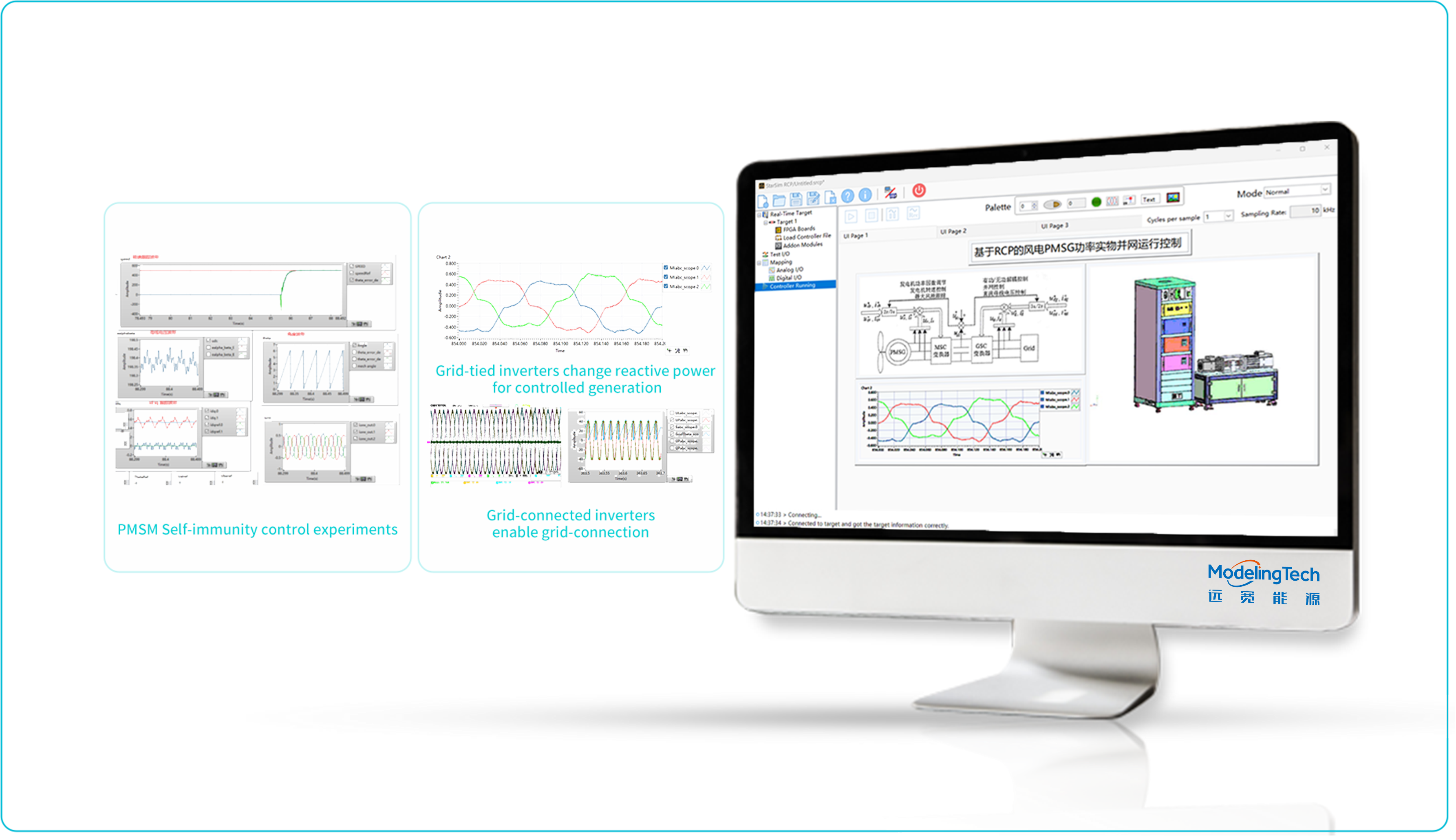The accreditation of engineering education has fundamentally promoted the optimization of talent training programs. As an important indicator of the "Double First-Class Initiative," it has a significant impact on the professional construction and development of universities. The emphasis on "solving complex engineering problems" as a crucial component of the accreditation criteria lies in cultivating students' comprehensive professional knowledge literacy, fostering their abilities in modeling and innovative design, and developing their hands-on practical skills. Traditional laboratory platforms often struggle to meet these educational requirements simultaneously. Therefore, it is necessary to complement traditional teaching and experimental methods with new approaches and scientific tools.
ModelingTech has introduced a unique Power Physical Rapid Control Experiment System, which helps students learn and verify control theories and algorithms. Students can interact with actual control devices, understand and learn how to transform theories and algorithms into operational code on practical control devices. They can also configure, wire, and debug the system themselves, observe real signals using oscilloscopes, and cultivate their practical hands-on ability through a combination of virtual and real-world experiences.

 Technology
Technology

 User Cases
User Cases


































